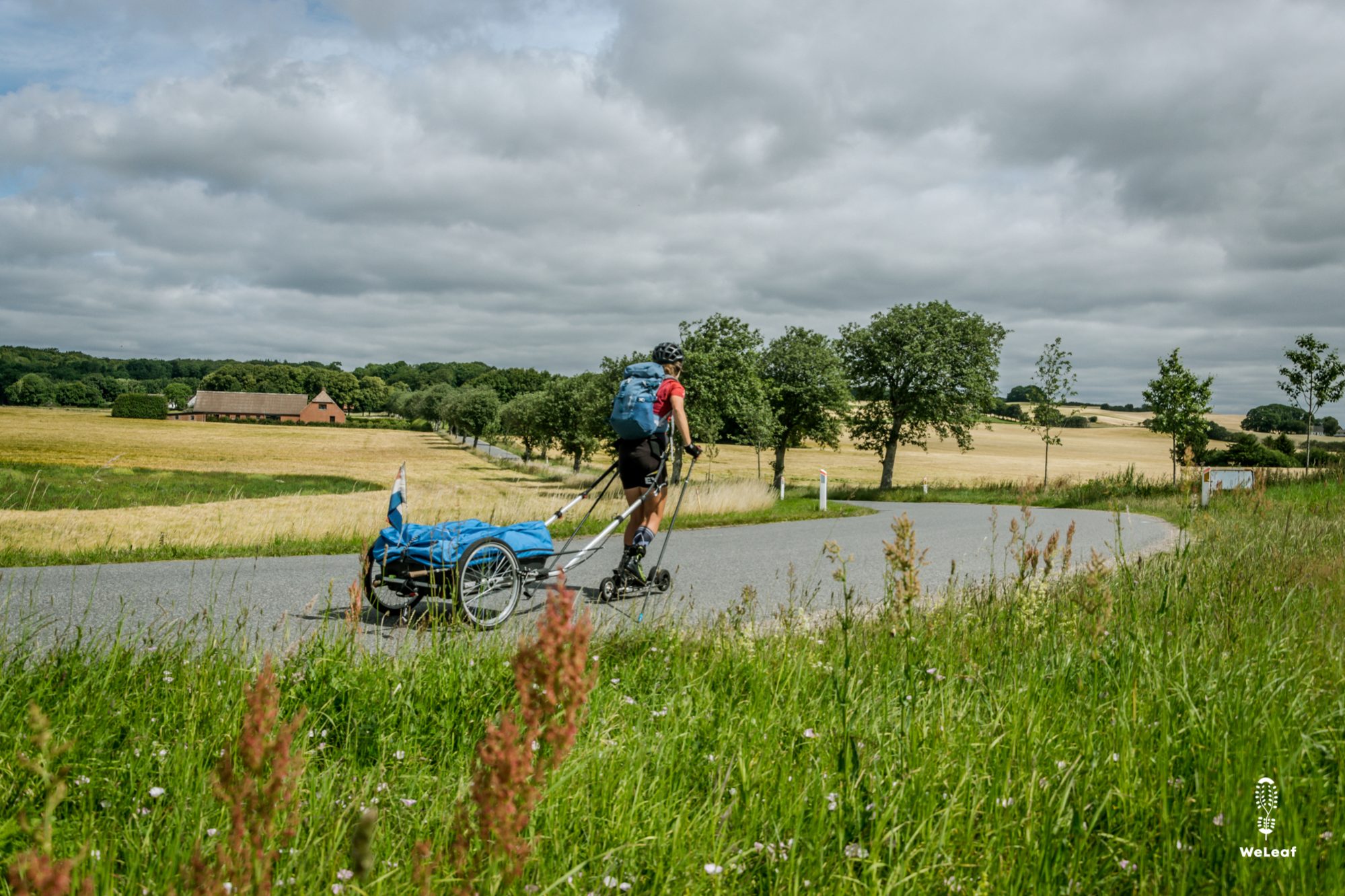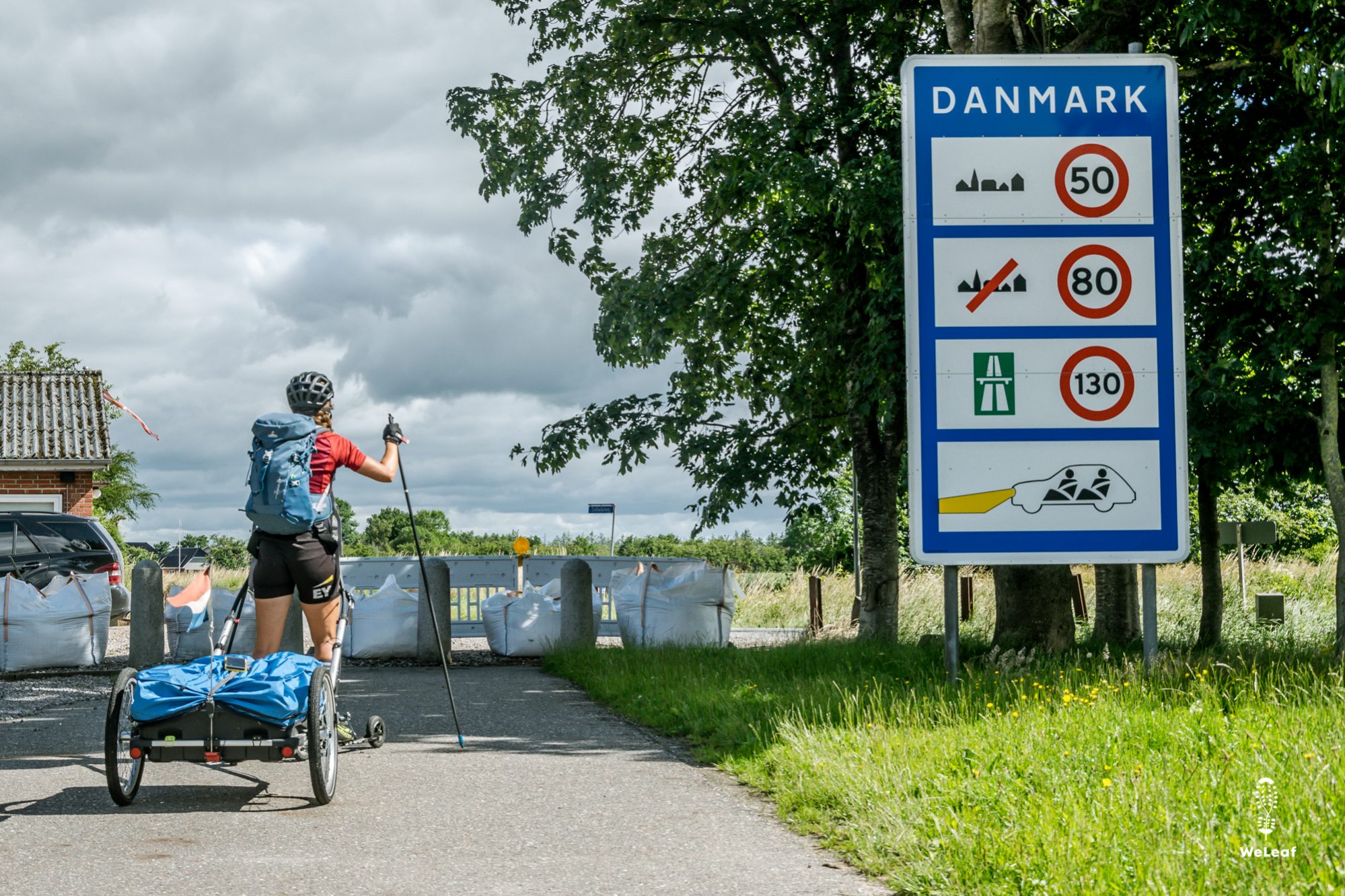
God tur

Scheisse in Germany
July 23, 2020
Cycling in Mexico
August 15, 2020
Monday July 6th - Tating
Since we left Breda we tell everyone that we are going to Sweden. Usually there is a pronounced surprise, but some people note that Denmark is closed. “We are progressing slowly so it will take a few more weeks before we reach the border. Hopefully Denmark will open” we say with determined positivity. Plan B is the ferry from Germany to Sweden, but we don't really take that into account. The redemptive news comes on June 27th: Denmark opens the border for Dutch tourists. However, there is one clause in the terms that we are not so happy about. They require a six-night reservation in a summer house, hotel or campsite. At the bottom of the page is a telephone number, the "hotline" of the Danish border police. We expect a semi-automated answering machine that tells the same information as the website, but a friendly voice says good morning. Three minutes later, we know that entering Denmark will not be a problem. To be on the safe side we provide an invitation from friends from Denmark where we will stay for six nights, according to the email.
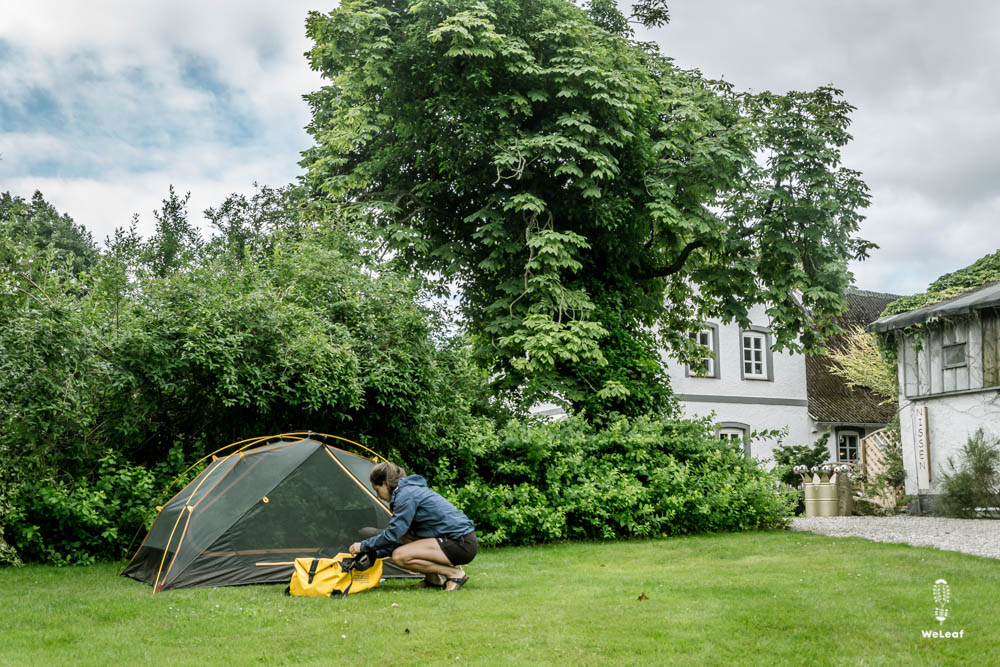
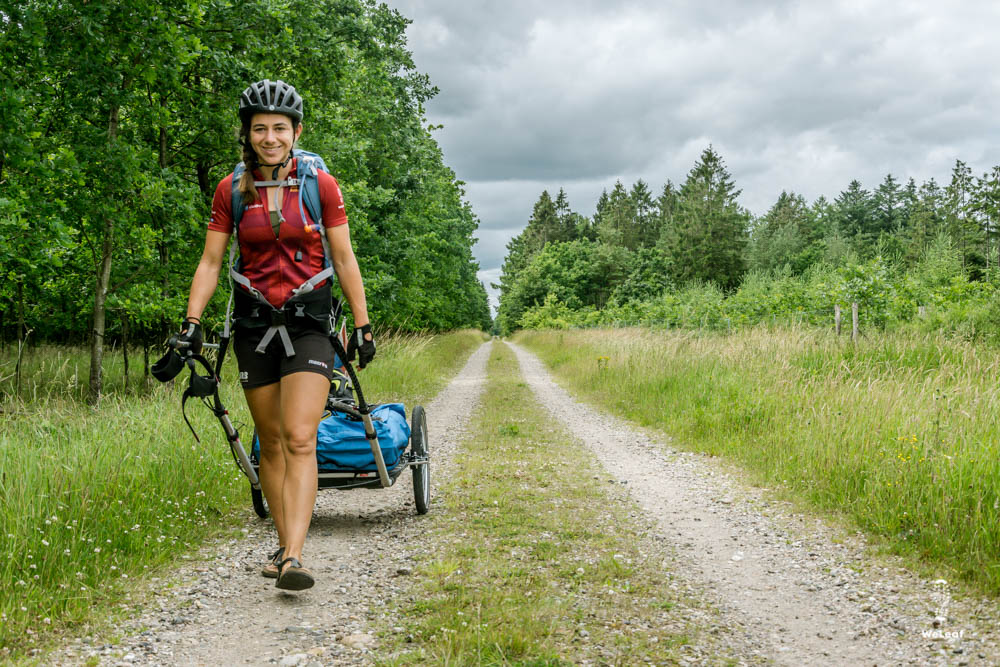
It is two days of skating to the border crossing that we have chosen. On Monday morning we leave at Karsten where we had two rest days to sit out the bad weather. Although it rains less, the storm wind still blows just as hard. Fortunately we are heading in the right direction and most of it we have tailwind. On the sections with crosswind we have to hold our sticks so tight that we get cramps in our hands. The last days we followed the North Sea cycling route along the coast, but we don't like the strong wind and the landscape. It is fun to skate on the dikes, but after half a day this also becomes monotonous. We go back inland to find shelter from the wind and the hills. At Karsten, the internet was painfully slow, so our route planning depends on the road ahead. Sometimes we are faced with a busy road or dirt forest road and skate for miles via alternative roads. Zigzagging we reach the village of Jardelund, at a sigh from the border. We skate about 45 kilometers every day and then look for a house to fill our water supply. The water bags in the backpacks are two liters each and we have a four liter water bag with which we use to shower and cook. Then we skate further until we find a nice place to pitch the tent. We just filled our water at the house on the corner and are ready to skate further. "That grass looks very attractive," says Olivier when we put on our skates again. The woman who let us fill the water was incredibly friendly and interested. “Shall we ask if we can pitch the tent here. I think she likes it ”, Zoë says immediately. She is very happy to help us and she invites us to breakfast the next morning.
The Danish border is barricaded with large sandbags. It is impossible for a car to pass, but with the skates there is just enough space to slip past. On the other side is a lamppost with several cameras. “They saw us anyway. Who knows, we might get visitors in a few minutes, ”says Zoë. "If they send us back, we have at least been in Denmark," says Olivier. Denmark is country number 24 on our world trip and for once the border crossing wasn't over a bridge. The differences are most noticeable in the first hours and days in a country. After that, new things quickly get used to and we can hardly name what is different in the new country. That is why we always try to write down what strikes us on the first day. That list is very extensive after the first day, and gradually only a few quirks are added. Moreover, Denmark is completely unknown to us. Because if we're honest, we can't list five things that are typically Danish. All we can think of is Copenhagen, Vikings and Legoland. Half a day later we can add a lot to that list.
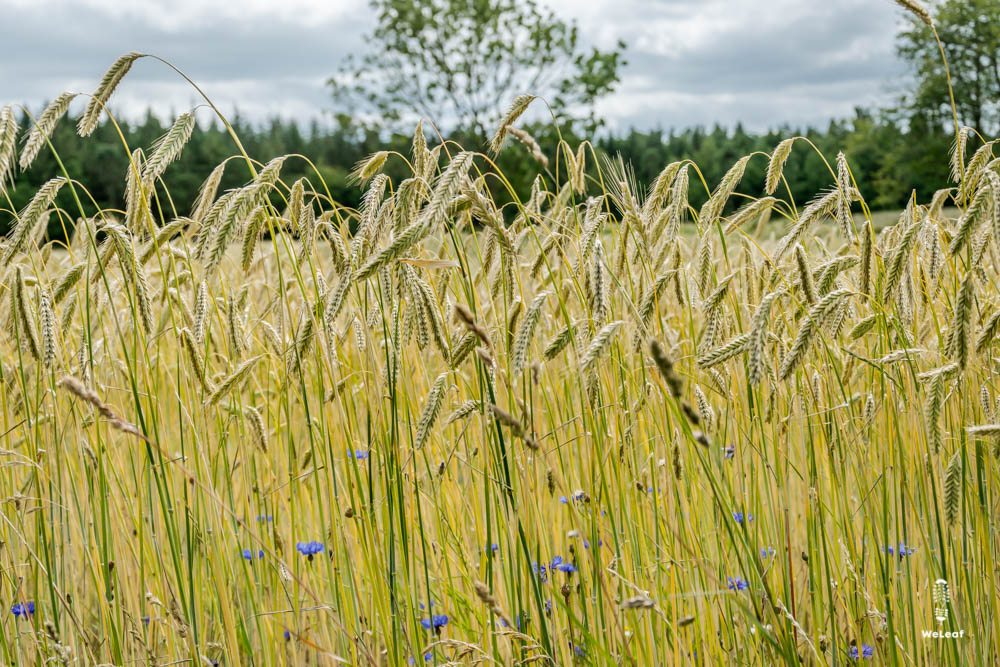
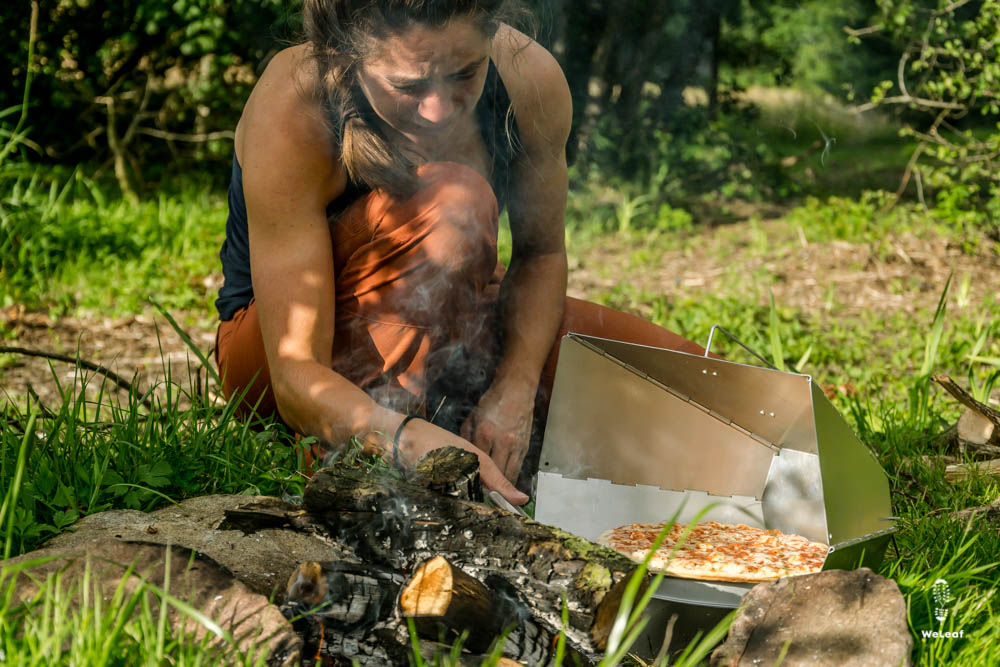
The abundance of cornfields from Germany give way to vast wheat fields that are played undulating by the wind. They give the landscape a beautiful golden color between which farms and small forests are divided. It immediately feels more natural than Germany. Although it is all agriculture, there seem to be more trees between the fields, the roadsides are wilder and the straight lines from the Netherlands are missing. Dairy farms have been replaced by pig farms that hide the sad living conditions of the pigs with their finicky windows. Only the smell betrays the pigs, and sometimes a sign with a smiling piglet next to the farm driveway. Danes seem to love pork, and they are also one of the largest exporters to foreign countries. We follow the signs with bicycle routes that lead us a few times on long dirt roads. It is full of touring cyclists, all Danes on their way in their own country, with a bicycle helmet and a yellow jacket. Denmark, and especially Copenhagen, is known as a real cycling country, although nothing can meet the Dutch standard that we are used to. Although the roads are quiet, along busy roads there are not always isolated bicycle paths and sometimes there is a dangerous crossing on a busy road that would always be through a tunnel or bridge in the Netherlands. The routes are very well signposted and especially the facilities for cyclists are incredible. There are countless benches along the cycling routes, but the greatest added value are the free campsites. There are more than 1000 places in Denmark where you can pitch your tent for free. Sometimes it is a nature reserve or a forest where a bench is provided. Sometimes they are fully equipped campsites with a shelter, a wooden construction with three walls and a roof, a simple toilet, firewood, a table and trash cans. In the Netherlands, the National Forest Service has permanently closed all 'wild' camping sites, while hundreds have opened in Denmark. All places are very clean, while in the Netherlands they were closed because so much waste is left behind and a fire is made when it is not allowed. Are the Danes so much more well behaved than us?
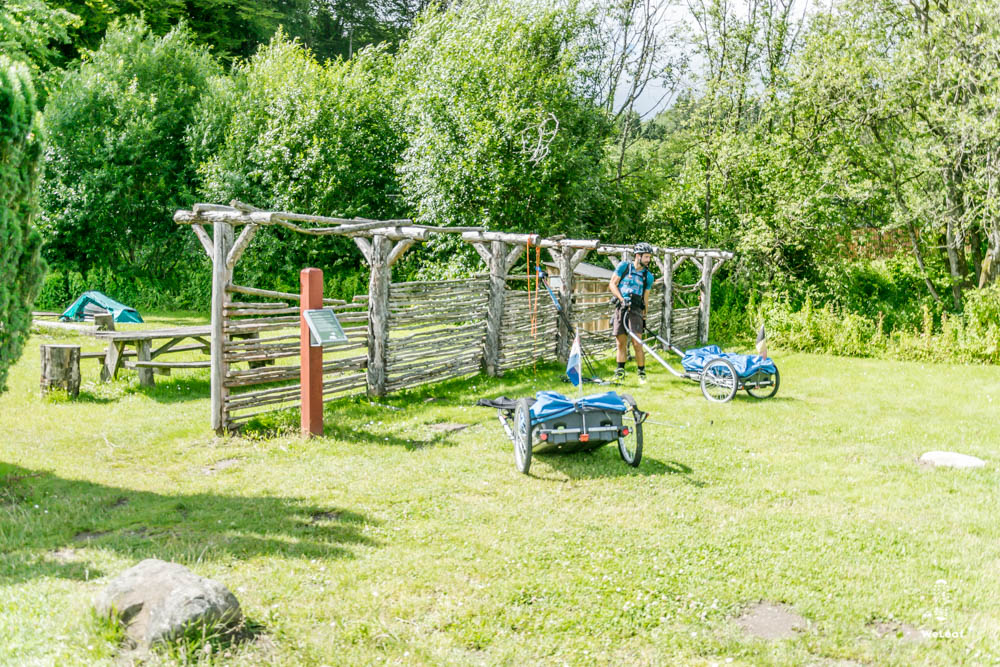
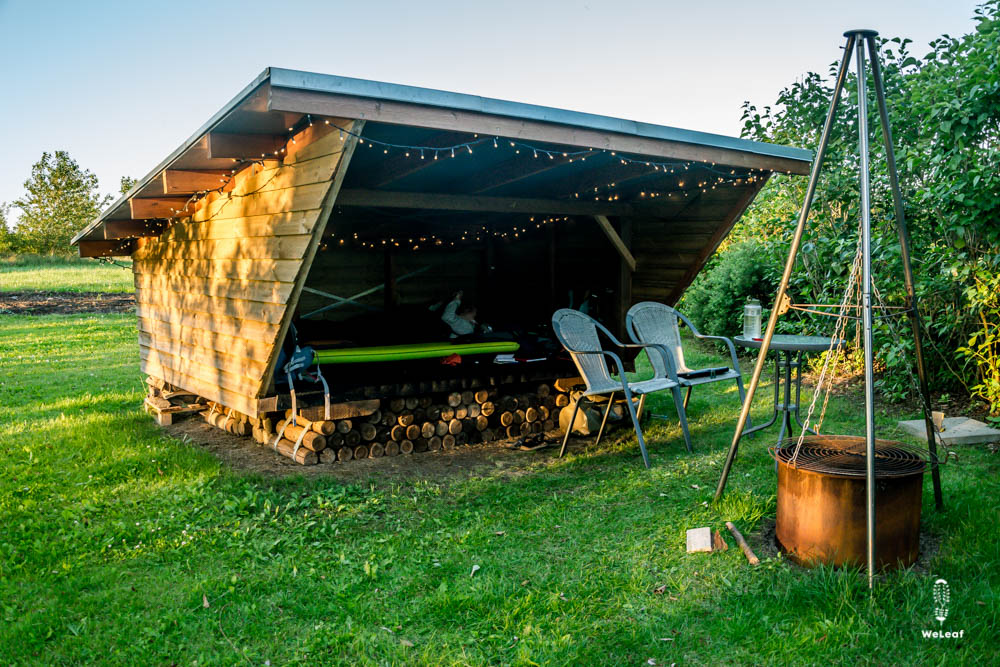
They are certainly very proud. Everywhere Danish flags flutter to make it look like a national holiday every day. Many products from the supermarket say "product of Denmark" and most of the Danes we talk to, speak proudly about their country. They all do that in English or German, because Danish is a completely different language. Occasionally there is a word that resembles Dutch, but the Danish alphabet has three extra characters: Æ, Ø, and Å, which provide an almost Asian sound. During the first few days, all cyclists shout “bonjour” or “bon route” to us. "They all think I have the French flag," Zoë keeps saying. Olivier is convinced that we do not understand it correctly and that it is probably something Danish. A few days later we learn that they are calling "god tur" which means "good trip". Fortunately saying hello is very easy. "Hi" we say to everyone, but that is where our vocabulary ends. If we really want to live in Sweden or Norway, we will have to do practice more.
